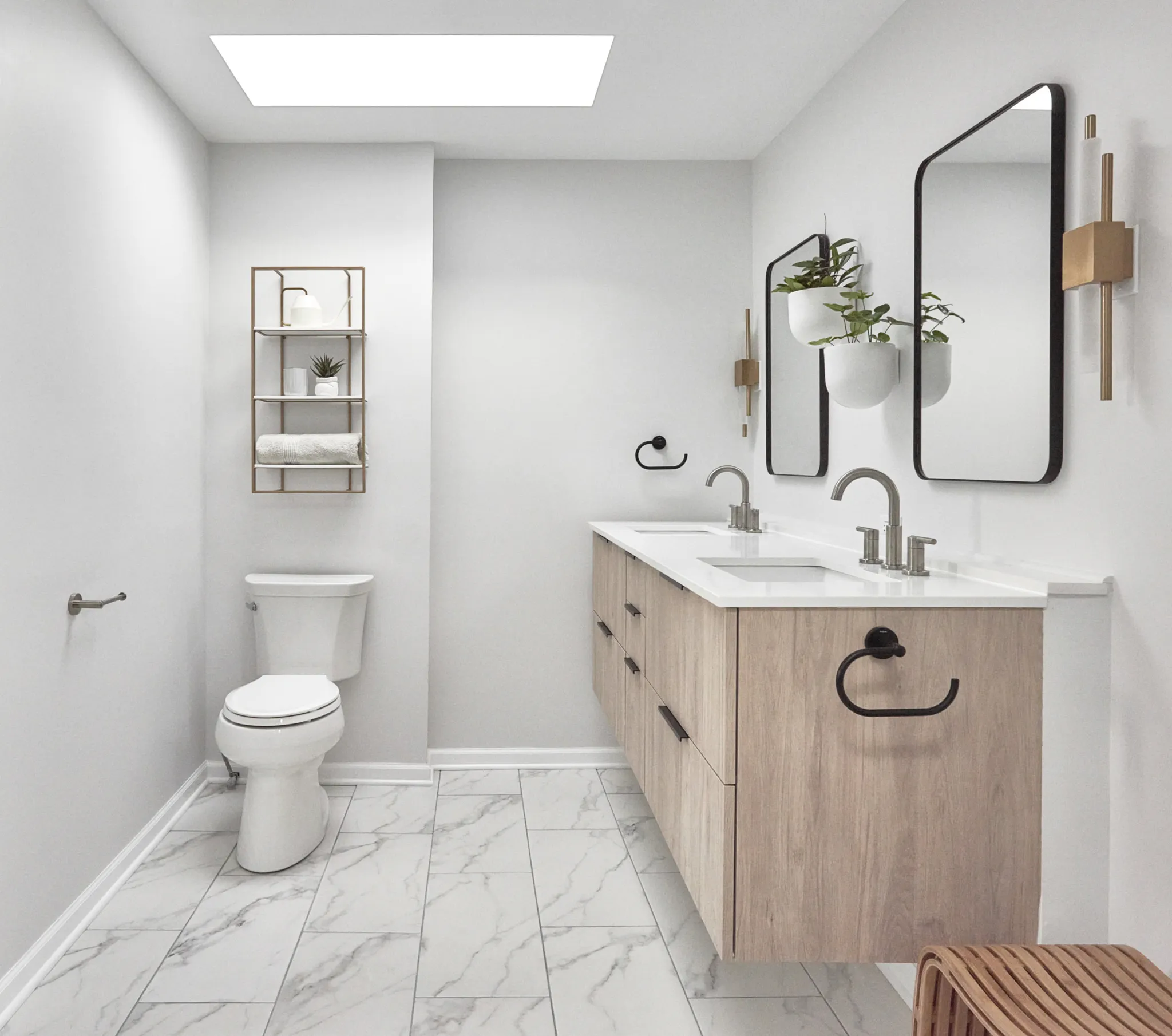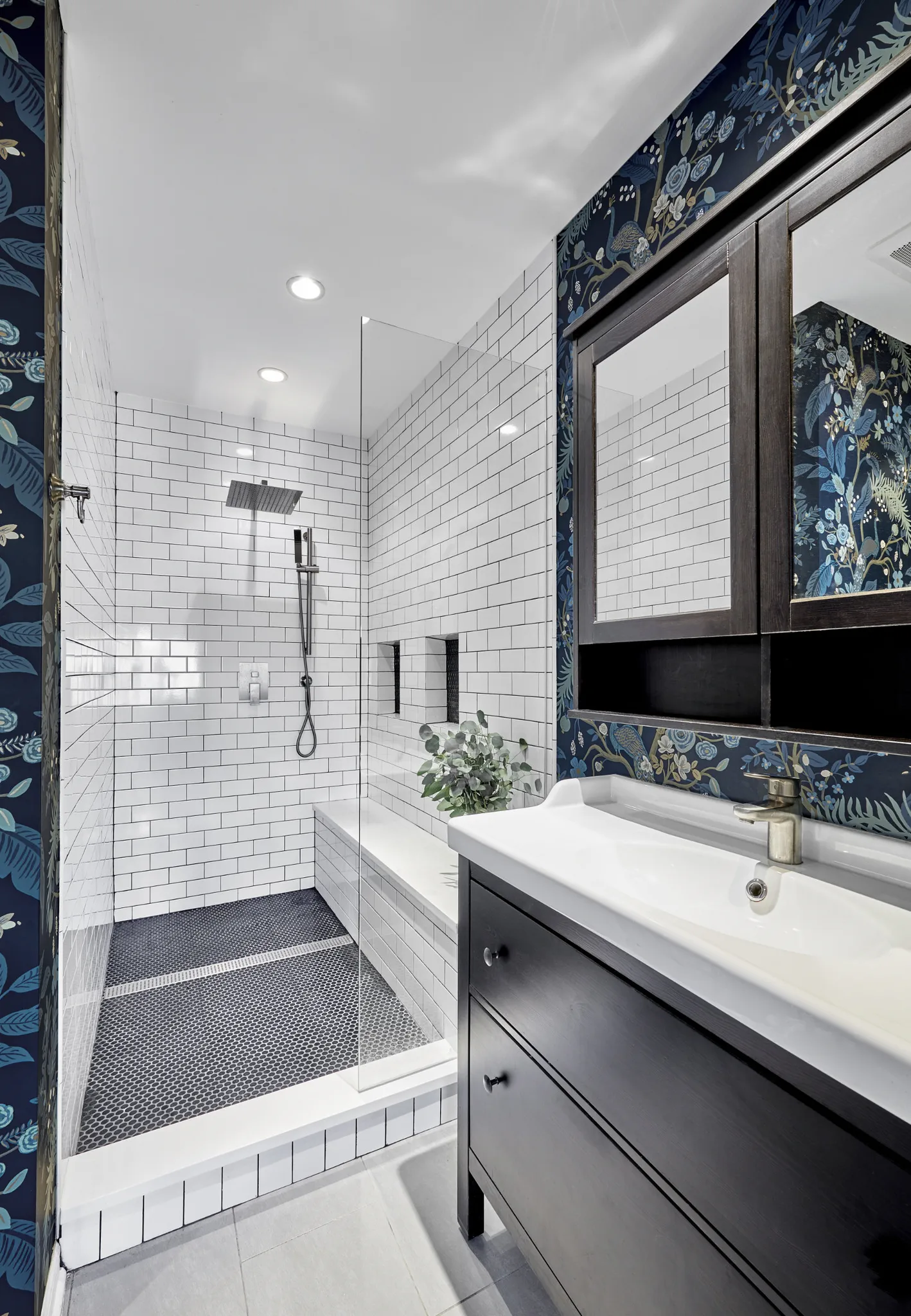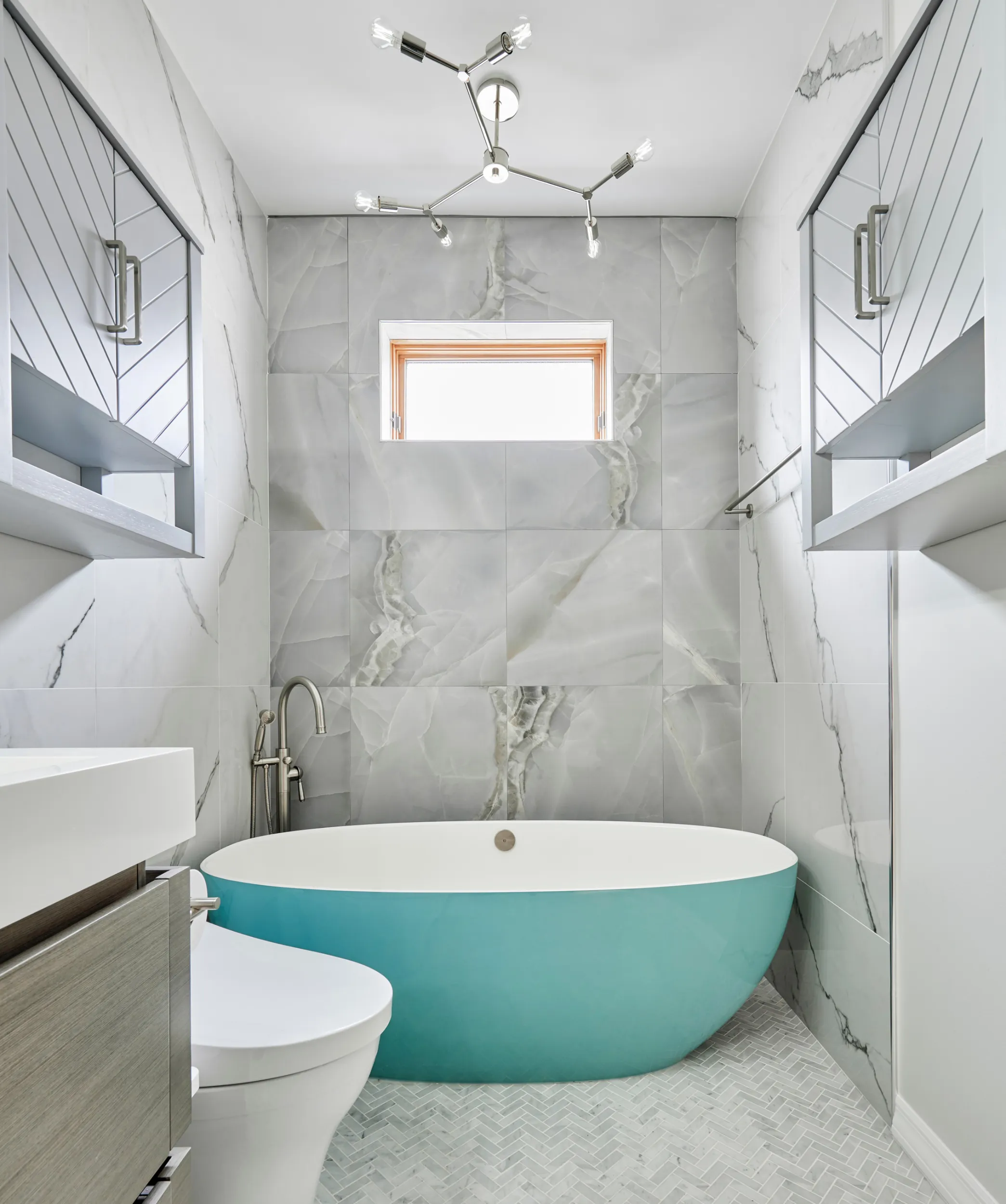When designing or renovating a bathroom, one of the most critical decisions homeowners face is choosing the right storage solution. The debate between open shelving and traditional medicine cabinets has been ongoing among interior designers and homeowners alike, with each option offering distinct advantages that can dramatically impact both functionality and aesthetics.
Open Shelving
Open shelving has emerged as a dominant trend in modern bathroom design, transforming utilitarian storage into decorative display opportunities. Unlike traditional closed storage, open shelves create visual breathing room while providing easy access to daily essentials. This approach works particularly well in contemporary and minimalist designs where clean lines and uncluttered surfaces are paramount.

The versatility of open shelving allows homeowners to showcase beautiful toiletries, folded towels, and decorative objects that contribute to the overall ambiance. Floating shelves made from materials like reclaimed wood, natural stone, or sleek metal can complement various design styles, from rustic farmhouse to industrial chic.
Expert Tip: When installing open shelves in bathrooms, position them at least 18 inches away from shower areas to prevent moisture damage, and always use marine-grade finishes or naturally water-resistant materials like teak or sealed concrete to ensure longevity.
Traditional Medicine Cabinets: Function Meets Form
Medicine cabinets have been bathroom staples for over a century, originally designed by companies like Kohler and American Standard. These enclosed storage units, typically mounted above or adjacent to bathroom vanities, offer concealed storage that keeps personal items out of sight while maximizing limited wall space.

Modern medicine cabinets have evolved far beyond basic mirrored boxes. Today’s options include features like LED lighting, electrical outlets, defogger systems, and even Bluetooth connectivity. Brands like Robern and Electric Mirror have revolutionized the category with sleek, high-tech designs that seamlessly integrate into contemporary bathrooms.
Expert Tip: Consider the depth of your medicine cabinet carefully – standard 4-inch depths work for most toiletries, but if you store larger items like hair styling tools, opt for 6-inch or adjustable-depth models to prevent overcrowding and ensure doors close properly.
Storage Capacity and Organization
When comparing actual storage capacity, medicine cabinets typically offer more organized, compartmentalized space per square foot of wall area. A standard 24-inch medicine cabinet can accommodate approximately 30-40 small to medium-sized items across multiple shelves, while maintaining a tidy appearance.

Open shelving, while visually appealing, requires more thoughtful curation. The same wall space might hold fewer items overall, but those items become part of the room’s decorative scheme. Storage baskets, apothecary jars, and uniform containers become essential for maintaining organization without creating visual chaos.
According to the National Kitchen and Bath Association (NKBA), the average American bathroom contains over 60 personal care items, making efficient storage a critical consideration for most households.
Expert Tip: To maximize open shelf storage without sacrificing style, use the “rule of thirds” – fill roughly two-thirds of each shelf with functional items, leaving one-third for visual breathing room or decorative elements. This creates a curated, intentional look rather than cluttered appearance.
Aesthetic Impact and Design Integration
The choice between open shelves and medicine cabinets significantly influences a bathroom’s visual weight and style direction. Open shelving creates an airy, spacious feeling that can make smaller bathrooms appear larger. This approach works exceptionally well in powder rooms or guest bathrooms where storage needs are minimal but visual impact is important.

Medicine cabinets, particularly recessed models, maintain clean wall lines and can make spaces feel more streamlined. They’re especially valuable in master bathrooms where privacy and organization are priorities. The mirror component serves dual purposes, potentially eliminating the need for separate wall mirrors.
Color psychology plays a role here as well. Open shelving allows for the introduction of color through displayed items, while medicine cabinets keep the color palette more controlled and cohesive.
Expert Tip: When choosing between options, consider your bathroom’s natural lighting. Spaces with limited natural light benefit from medicine cabinet mirrors that can reflect and amplify available light, while well-lit bathrooms can handle the visual weight of open shelving without feeling cramped.
Maintenance and Practical Considerations
Daily maintenance requirements differ significantly between these storage solutions. Open shelving demands regular attention to keep displays looking intentional rather than cluttered. Dust accumulation is more visible, and items need periodic rearranging to maintain visual appeal. However, cleaning individual shelves is straightforward and doesn’t require moving numerous items.
Medicine cabinets require less frequent attention but more intensive cleaning sessions. The enclosed nature means dust and moisture can accumulate inside, potentially affecting stored items. The hinges and magnetic closures need occasional maintenance, and the mirror surfaces require regular cleaning to prevent water spots and soap residue buildup.
Humidity levels in bathrooms, which can reach 90% during hot showers, affect both storage types differently. Open shelving allows better air circulation around stored items, while medicine cabinets can trap moisture if not properly ventilated.
Expert Tip: Install a small, battery-operated dehumidifier inside medicine cabinets if you notice moisture buildup. For open shelving, apply a thin coat of paste wax to wooden shelves every six months to create a protective barrier against bathroom humidity while maintaining the natural wood appearance.
Making the Right Choice for Your Space
The decision ultimately depends on your specific needs, lifestyle, and design preferences. Families with young children might prefer medicine cabinets for safety reasons, keeping potentially harmful items out of reach. Households with extensive beauty or grooming routines benefit from the organizational capabilities of compartmentalized storage.
Consider your bathroom’s size and layout as well. Narrow bathrooms often benefit from recessed medicine cabinets that don’t protrude into the space, while larger bathrooms can accommodate the visual interest of open shelving without feeling cramped.
Budget considerations also play a role. Quality open shelving systems from brands like West Elm or CB2 typically range from $50-200 per shelf, while premium medicine cabinets from companies like Kohler or Broan can cost $300-1,500 depending on features and size.
Expert Tip: Don’t feel locked into an either-or decision. Many successful bathroom designs incorporate both elements – a medicine cabinet for private storage combined with a few open shelves for decorative display. This hybrid approach maximizes both function and style while accommodating different types of bathroom items.
Creating Your Perfect Bathroom Storage Solution
Whether you choose open shelving, medicine cabinets, or a combination of both, the key is ensuring your selection aligns with your daily routines and long-term design goals. Consider how you use your bathroom space, what items you need to store, and how much maintenance you’re willing to commit to keeping your chosen storage solution looking its best.
Both options can create beautiful, functional bathrooms when thoughtfully planned and properly executed. The most successful bathroom designs balance practical storage needs with aesthetic preferences, creating spaces that are both beautiful and livable for years to come.
